After seeing horror films where tongues being ripped out of people’s heads and chainsaws buzzing through skulls are as normal as tying your shoelaces, you can feel like you’ve been desensitized to the entire genre. Thankfully, classic films like Frankenstein are there to remind you that horror movies don’t need gore-splattered walls to still be scary. Just looking into the Monster’s eyes is enough to make you feel squeamish.
The dread and overwhelming empathy you feel is largely thanks to one of the greatest monster movie makeups ever created. We may not have had a real Frankenstein, but we had Jack Pierce and Boris Karloff, who managed to make a monster without touching an ounce of dead tissue.
There’s many resources documenting the makeup for the Monster, and they always seemed a bit incomplete for me. After sifting through several burned down windmills and knocking on many a mad-scientist’s door, this is the account that I’ve pieced together.
Let’s get stitching…
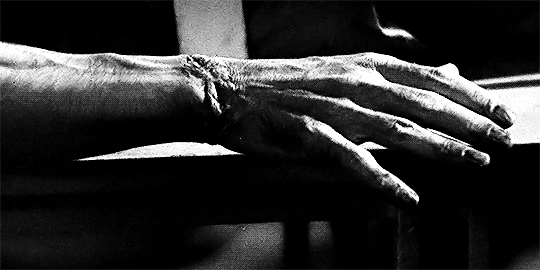
Exhume, Stage Left.
After casting Boris Karloff as the Monster, Frankenstein director James Whale, a talented artist himself, sketched some initial designs that exaggerated Karloff’s facial features.
Whale showed the sketches to Jack Pierce to use as a starting point for the makeup. During this time, other artists at Universal also began creating possible designs for the Monster. They came up with some concept art that frankly I’d like to see in a horror movie someday (someone call Rick Baker out of retirement).
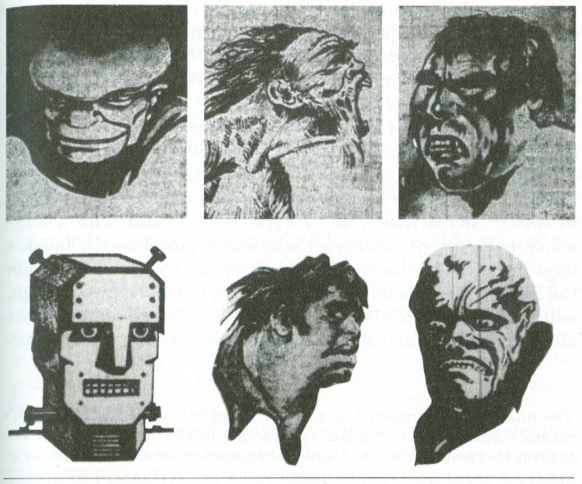
Despite the artists’ contributions, Whale and Pierce agreed they didn’t want the design to overshadow Karloff’s natural features, and needed the Monster to retain a “pitiful humanity”. To accomplish this, Pierce and Karloff got together after work hours in the makeup department and developed the makeup over a three week period.

When the dynamic duo finally emerged from their lab, they had the recipe for the ultimate makeup. Here are the ingredients for 1 (one) movie monster:
The distinctive eyebrow ridge and square head were built up by applying spirit gum, sticking on a layer of cotton, then painting on a coat of collodion. Collodion is a liquid plastic that contains high (and strong smelling) amounts of ether and alcohol, so it must have been great fun. This process was repeated until the eyebrow ridge and the flat head reached their final shape.

Somewhere on the top of the head, a roll of cotton dutifully held the square shape. According to Jack Pierce:
“The wig was made with a cotton roll on the top to get the flatness and the circle that protrudes out from the head…”
Remember the next time you swab your face with cotton…without it, we probably wouldn’t have our favorite monster.
More cotton was soaked in collodion along with cheesecloth, which was used to create the large scar that decorates the side of the forehead. Pierce also added scars to Karloff’s arms and wrists, and used black shoe polish to color his fingers. Most sources say wire clamps were used to pull down Karloff’s lips for the mouth to look more stiff. I haven’t been able to find an explanation for how this worked, but it sounds about as comfortable as electrodes being shoved through your neck.
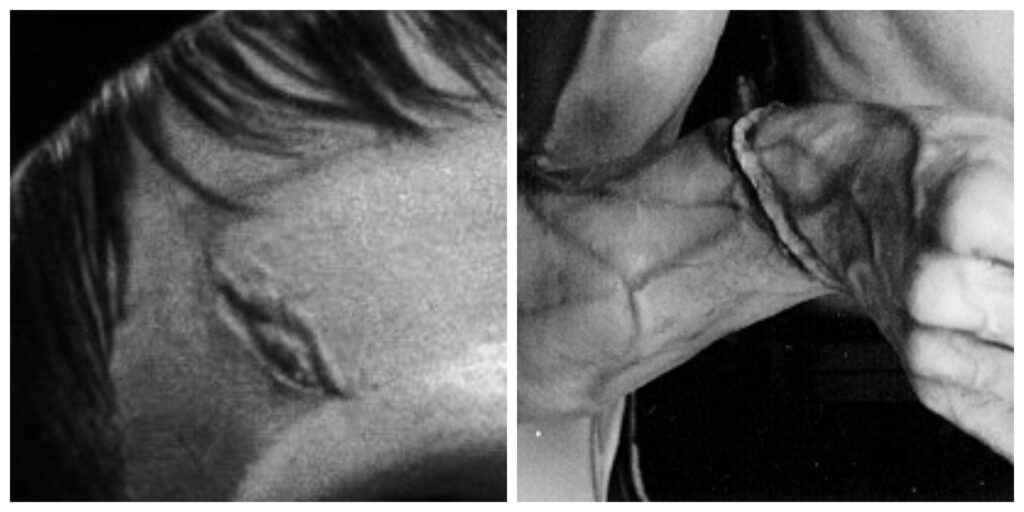
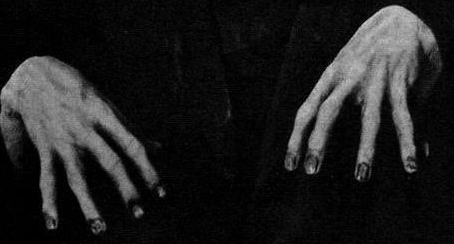
Once in awhile you still run across someone who doesn’t know that the “bolts” in the Monster’s neck are electrodes. Jack Pierce himself commented on this, saying they were:
“…[an] inlet for electricity—
They were applied every morning using tough spirit gum, while removing them was a painful process that left scars on Karloff’s neck for the rest of his life.

Though Pierce never acknowledged it, the electrodes in the neck are actually said to have been the idea of Karoly Grosz, a Hungarian poster-artist for Universal at the time. He added the electrodes to the Monster in an early drawing, which is said to be the robotic-looking monster in the afore-seen concept art collage.
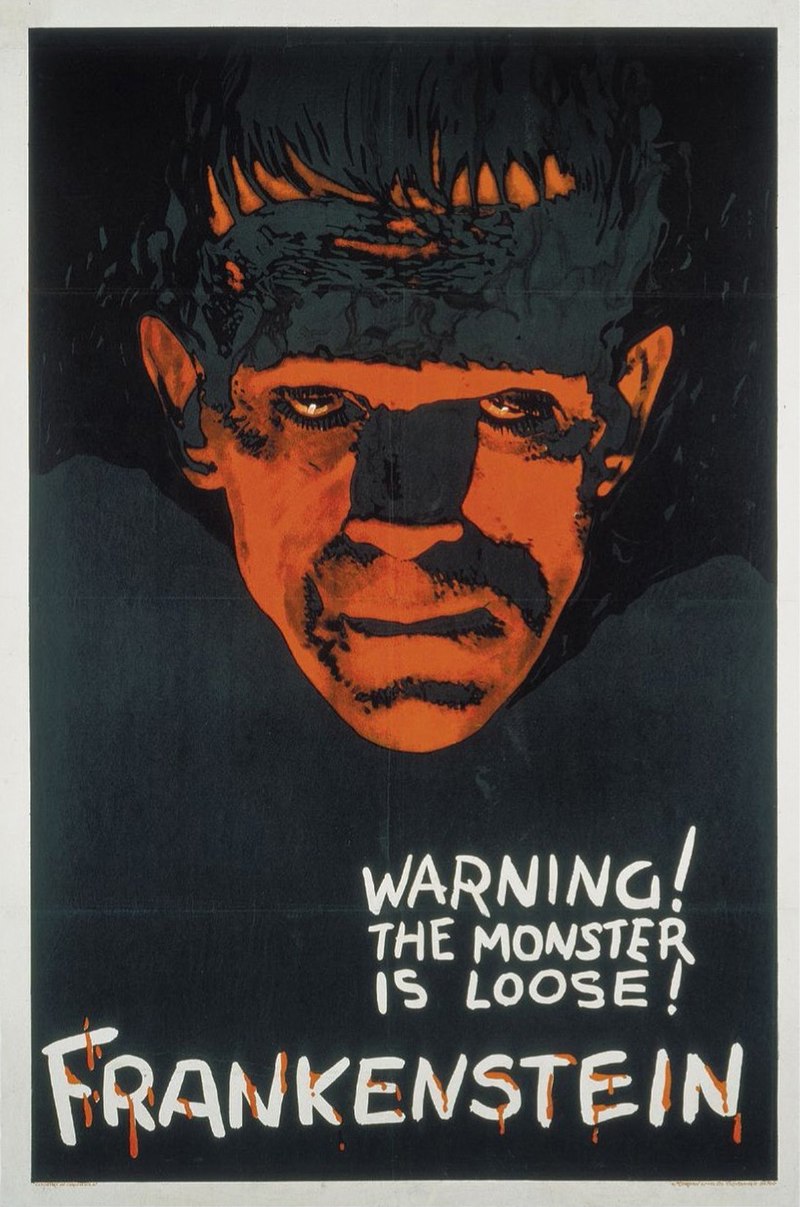
“Finally, when we were in the last stages…my eyes seemed too normal and alive and natural for a thing that had only just been put together and born, so to speak.”
Pierce agreed, and created the drooping eyelids. Most sources say he used mortician’s wax to create the eyelids, while others claim he created a special putty in order to get it just right. Whatever it was, it worked.

Karloff had partial dentures, which Pierce had him remove to naturally create the Creature’s sunken cheek. Before Frankenstein, poor Karloff struggled as an actor, so his gauntness probably wasn’t entirely an effect. To give the makeup even more cadaverous decoration, he also wore black lipstick.

Finally, Pierce covered everything in a grayish-green greasepaint that made the Monster look deathly pale on the black and white film. The true color of the greasepaint can be seen in the color test footage shot for Son of Frankenstein, where Karloff good-naturedly strangles Jack Pierce.
When catching up on your monster history, you’ll always hear that the makeup took between three to six hours every morning to apply. Describing the makeup, Jack Pierce is quoted as saying:
“…It took three hours each morning….”,
while Karloff said:
“I spent three-and-a-half hours in the make-up chair getting ready for the day’s work. The make-up itself was quite painful, particularly the putty on my eyes. There were days when I thought I would never be able to hold out until the end of the day.”
Around three hours seems to be the winner. Every morning at 3:30, Karloff would arrive in the makeup chair and the diabolical process would begin.
Since this was before the advent of foam latex, no individual makeup pieces were produced. If Van Gogh had to paint “The Starry Night” every day, it would look much like Jack Pierce recreating the entire Monster makeup every single morning from scratch.
Removing the makeup was almost just as arduous, taking between one and two hours to completely peel off. This involved breaking it down with various oils and acids, then literally prying the makeup off of Karloff’s face.
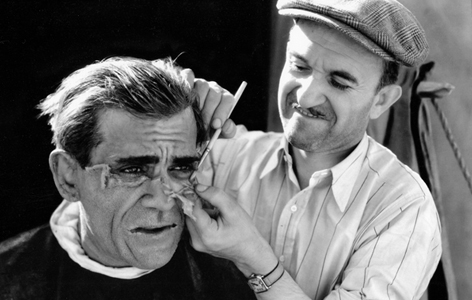
The whole process was so painstaking, Karloff sometimes slept with the makeup still on in order to reduce the workload for each morning and to give his face a rest. He braced his head between two books so he wouldn’t roll around during the night and damage it, then Pierce would later touch it up. “Morning face” never looked so cool.
The Finished Product
As they say, “Pain is temporary, film is forever.” Thankfully, a curious mixture of a determined makeup artist and a talented actor demonstrated this before the phrase was even coined.
Just like collodion, Jack Pierce was reportedly tough to work with, known to be stubborn and even hold grudges in his pursuit of perfection. Boris Karloff was like cotton, always described as a gentle soul and well-liked by most. As different as they were, the Frankenstein Monster makeup proved that mixing the two was the ultimate experiment.
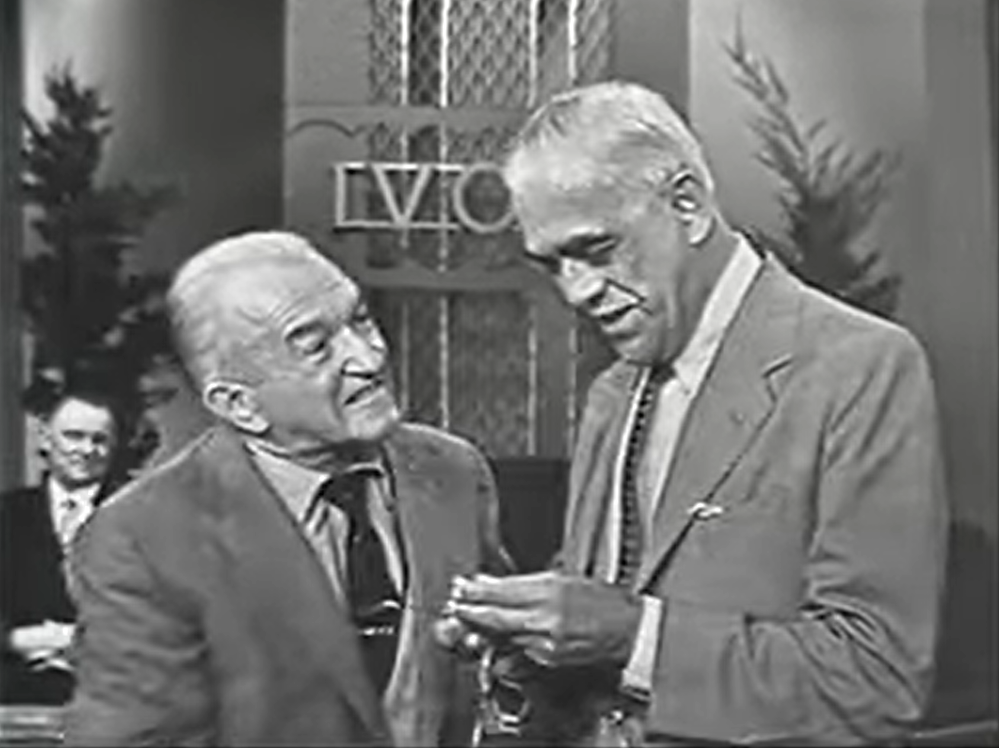
Monstrous Fashion
For a walking corpse(s), the Monster has his own dashing sense of style. A few scattered sources say that Vera West, one of Universal’s chief costume designers at the time, helped design the attire for Frankenstein. Though she did later work on Bride of Frankenstein and Son of Frankenstein, there doesn’t seem to be much solid evidence that she worked on the first movie. Credit for the costume design is almost always given to Jack Pierce, which seems to be more likely.
During his research period for the makeup, Pierce read that the bodies of criminals buried alive in ancient Egypt were found with elongated extremities. He decided to add the same macabre flavor to the Monster’s design. Here’s what he said about the process:
“For Boris, the coat was cut down so the length of arms and the fingers would look long. Everything was in black to give him the height. Also, I padded him to look eight feet tall….”
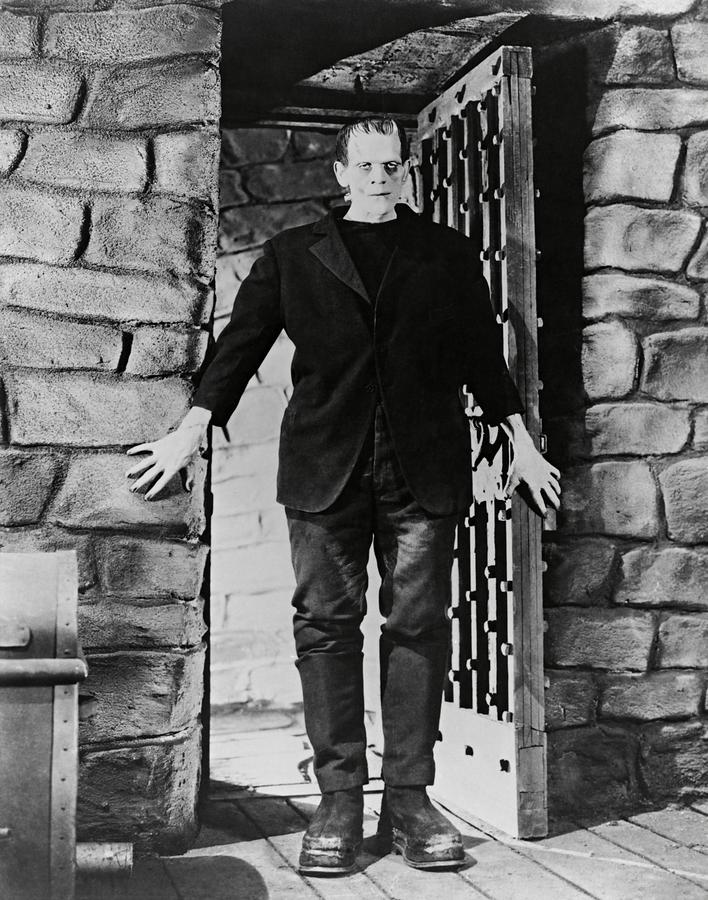
In addition to the black clothing and padding for the costume, Karloff wore a pair of modified asphalt spreader’s boots with lifts to give him height. Each boot weighed 13 lbs, while steel rods were placed down each of Karloff’s pant legs. This cumbersome combo gave the Monster his lumbering walk. A steel rod was also hidden in the back of the costume to keep Karloff’s frame stiff and straight. Pierce once said:
“…he carried a five-pound steel spine… to represent the rod which conveys the current up to the monster’s brain.”
The entire costume weighed 48 lbs. According to his daughter, Sara Karloff, Boris lost 25 lbs. during the making of Frankenstein. As a monster movie fan, this is the type of weight-loss regimen I’ve been looking for.

Squared Away
It seems to be a point of contention for some fans over whether Jack Pierce actually came up with the iconic square design of the Monster’s head himself. More than likely, it seems to be a result of his collaboration with Karloff, Whale, and other artists working at the studio.
Here’s what Pierce said about the design:
“I did not depend on imagination. In 1931, before I did a bit of designing, I spent three months of research in anatomy, surgery, medicine, criminal history, criminology, ancient and modern burial customs, and electrodynamics. My anatomical studies taught me that there are six ways a surgeon can cut the skull in order to take out or put in a brain. I figured that Frankenstein, who was a scientist but no practising surgeon, would take the simplest surgical way. He would cut the top of the skull off straight across like a pot lid, hinge it, pop the brain in, and then clamp it on tight. That is the reason I decided to make the Monster’s head square and flat like a shoe box and dig that big scar across his forehead with the metal clamps holding it together.”
Contrast this with what Karloff later said when discussing the makeup:
“We had to surmise that brain after brain had been tried in that poor skull, inserted and taken out again. That is why we built up the forehead to convey the impression of demoniacal surgery. Then we found the eyes were too bright, seemed too understanding, where dumb bewilderment was so essential. So I waxed my eyes to make them heavy, half-seeing.”
I’m not saying Jack Pierce’s credit should be downplayed in any way, it really was his genius that put it all together. Some things, like the electrodes and the square head, just seem to have come about by a joint effort of many people involved in the process.

Testing, testing…
A surviving photo of a test makeup for the film still floats around, which you’ve probably seen before without even realizing it was different (it took me awhile to notice…).
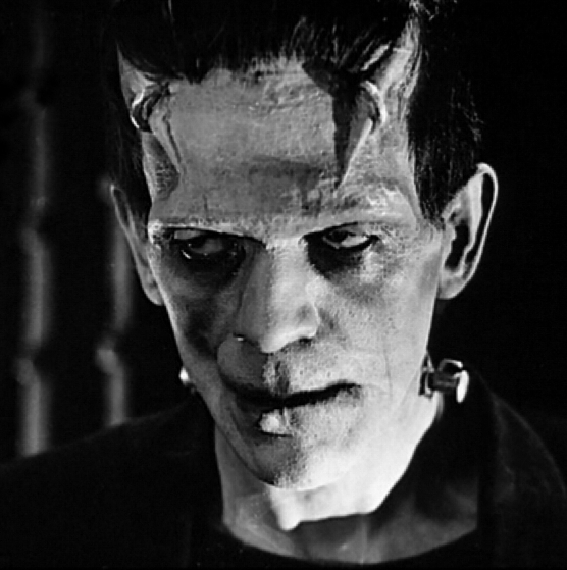
The makeup here has metal clamps piercing what look like fleshy ridges on both sides of the Monster’s forehead. His “bangs” are missing, and the electrodes are slightly different.
Artist Karoly Grosz apparently didn’t get the memo that it was only a test, since he used the photo as reference for the one-sheet theatrical poster.
It’s also worth noting that the Monster’s design was not the first makeup that Jack Pierce created for Frankenstein. He had also devised a makeup for Bela Lugosi when he was originally cast as the Monster.
The original Frankenstein director, Robert Florey, shot test footage of Lugosi in the Monster makeup on studio sets that were being used for Dracula. Everything was scrapped after Lugosi decided he didn’t want to play the Monster, and the makeup is now considered lost, with no surviving test footage or photos. If any images had survived (a la London After Midnight), I’d probably have several posters of it and the Sideshow Collectible statue sitting on my desk.
Monster Merch
Need to add more Frankenstein stuff to your collection? Probably not, but it’s fun to look anyway. These are affiliate links, so any commissions I may receive will be used to obtain torches and pitchforks for the next march on the windmill.
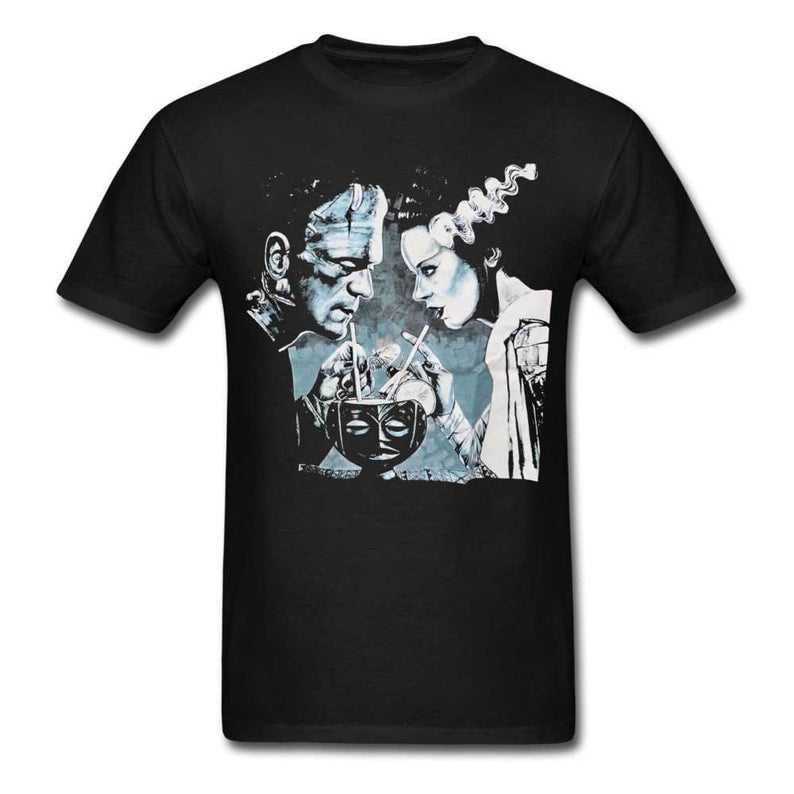
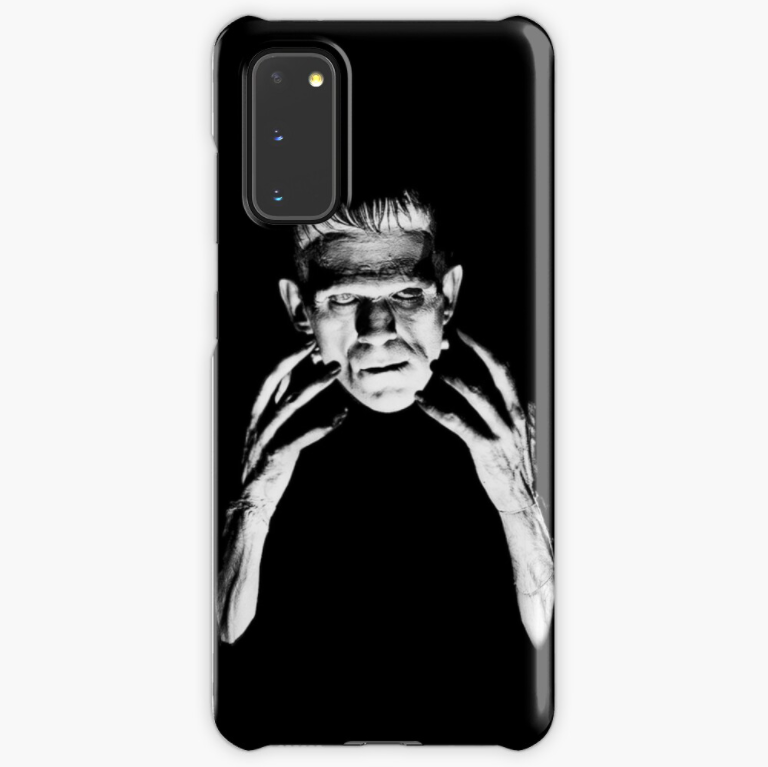
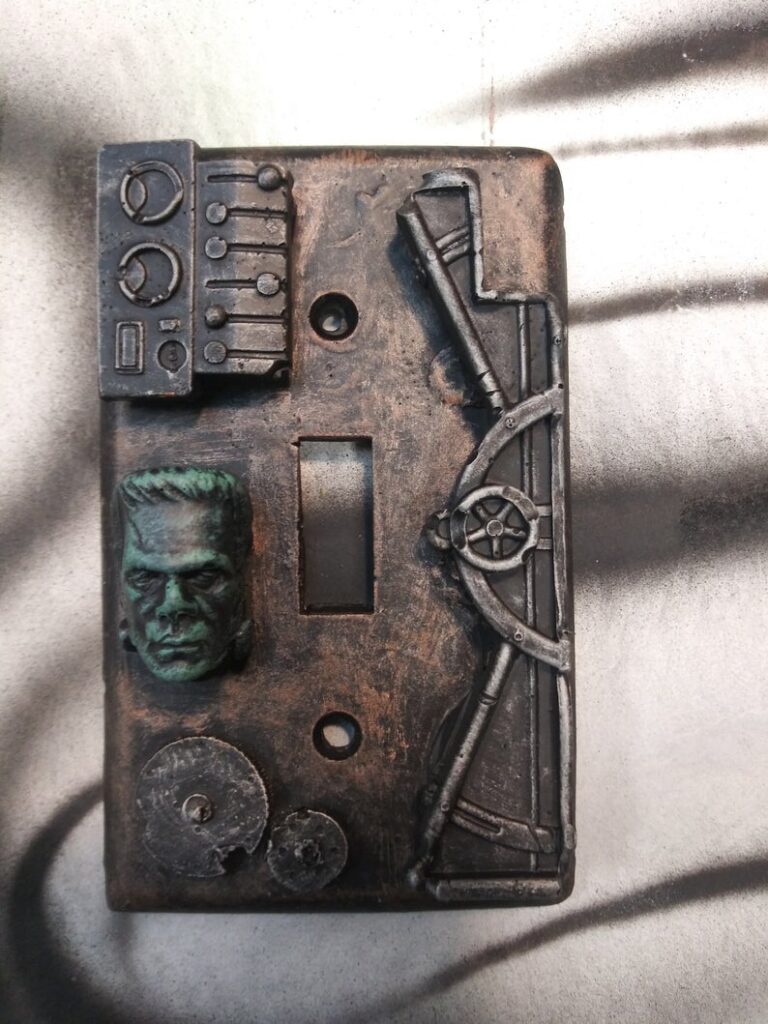
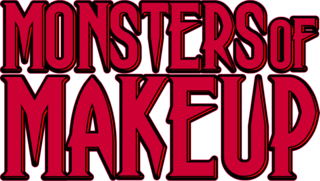
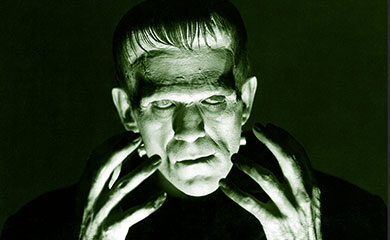
Very well done. I am making a YouTube video & this is great research
Thanks for reading!